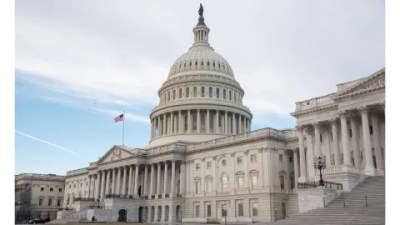This post is the first in a series of short essays exploring the basics of Futures Studies and how they can be applied to the museum field.
Why is foresight important? Without someone playing the important role of futurist, we risk being mired in the present. Our planning is often focused on short term challenges and immediate needs. We have a tendency, when looking at only a short time frame, to defend old assumptions and choose narrow measures of success. We tinker with the edges of what we already do well rather than risking innovation. It’s all too easy, when faced with the need to change, to become paralyzed by fear, uncertainty, doubt and outright denial.
Futures-thinking breaks through this logjam by freeing peoples’ imaginations. It fosters a start-up mindset where anything is possible, people are willing to question assumptions, think broadly of how to measure success, discover or create new needs and try lots of things, fast, knowing that many of them will fail.
Foresight isn’t the same as prediction. Rather than placing a bet on which particular future is most likely to occur, foresight’s role is to help us imagine many plausible futures and identify useful actions that can be taken in the present. Futurists accomplish this in three fundamental ways, by:
- Identifying and monitoring change, tracking the flow of trends, events and emerging issues
- Imagining different futures and testing new assumptions through forecasting and scenario building
- Communicating and responding to change
Over the next couple months I will blog a brief introduction to foresight and futures thinking emphasizing the first two methodologies—identifying and monitoring change (otherwise known as scanning) and imagining differences (forecasting and creating scenarios). And I will encourage the field to think about how future studies can supplement or be integrated into institutional planning. (For starters, see this guest post by Angie Kim on the potential for forecasting to transform traditional planning. )
If you are interested in exploring futures studies in more depth, consider registering for the University of Houston’s weeklong program Certificate in Strategic Forethought. It will be offered in Brussels, Belgium this December, but if you need to stick a little closer to home, it will also be held in Houston, January 10-14, 2011. I highly recommend the course. Last spring, Joe Cavanaugh, director of the National Museum of the Pacific War, and I attended, and thought it was awesome. (You can read Joe’s review here.) A couple of museum folk have contacted me about the January iteration, so maybe there will be another museum contingent, which would make for good discussions! Peter Bishop, head of U. Houston Futures Studies, and CFM Council member, is generously offering a 20% discount on the registration fee to people affiliated with CFM (that would be you, gentle readers!)









Elizabeth:
Thanks for the clear-headed assessment–and for the encouragement.
An aspect of the conversation I'd like to hear more about: overcoming institutional inertia. How can I promote a future-focused orientation to the rest of the museum?